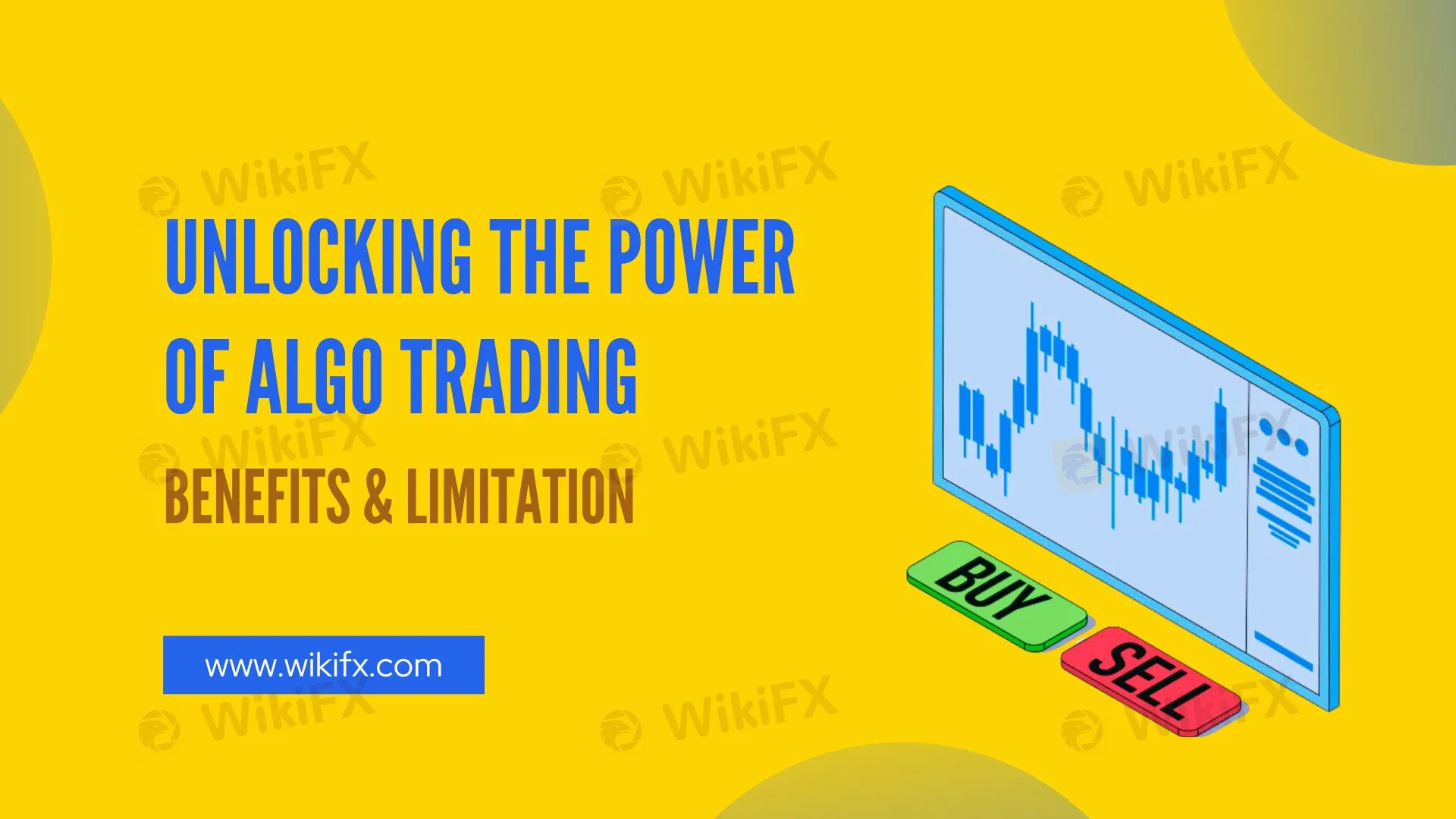Unlocking the Power of Algo Trading: Benefits and Limitation
Abstract:Algorithmic trading merges speed, data, and automation—but can it outsmart human intuition and market chaos? Explore its power and pitfalls.

The Rise of Algorithmic Trading
Algorithmic trading has redefined financial markets, enabling data-driven decisions at unprecedented speeds. In recent years, the algorithmic trading market has exhibited rapid growth. According to the latest data, the global algorithmic trading market size is projected to increase from USD 2.106 billion in 2024 to USD 2.348 billion in 2025, with a compound annual growth rate (CAGR) of 12.9%. This growth is primarily attributed to the widespread application of artificial intelligence (AI) and machine learning (ML) technologies, as well as financial institutions continuous pursuit of trading efficiency and cost-effectiveness.
Four Key Advantages
1.Lightning-Fast Execution
Algorithms execute trades in milliseconds, outpacing human capabilities. High-frequency trading (HFT) exploits micro-price shifts through thousands of transactions per second, dominating volatile markets.
2.Multi-Market Mastery
Systems analyze global markets simultaneously, diversifying portfolios without real-time micromanagement.
3.Emotion-Free Decisions
Predefined rules eliminate impulsive actions driven by fear or greed, reducing costly errors
4.Non-Stop Trading
Algorithms capitalize on opportunities across time zones, even during off-hours.
Four Critical Limitations
- High Technical Barriers
Building robust sy'stems demands coding expertise and market insights—resources often scarce for retail traders.
2.Tech Vulnerabilities
A single coding flaw or server crash can trigger massive losses, as seen in historical market crashes.
3.Rigid Strategies
Algorithms struggle to adapt to black swan events like geopolitical shocks or sudden policy shifts.
4.Demands Vigilance
Systems require regular updates to stay relevant—no true “set-and-forget” solution exists.
Strategies for Success
To harness algorithmic trading effectively, traders should begin by rigorously backtesting strategies on historical data to uncover weaknesses and refine logic. Integrating risk management tools—such as dynamic stop-loss orders and position-sizing rules—is critical to limit downside exposure. Systems must be regularly updated to align with shifting market trends, regulatory changes, and emerging technologies. Most importantly, algorithms should complement human judgment rather than replace it; blending automated precision with adaptive decision-making often yields the most resilient outcomes.
Final Thoughts
Algorithmic trading has transformed financial markets with unparalleled speed and efficiency. However, it is not without risks: technical failures, market volatility, and regulatory challenges are all factors that must be considered. The market is constantly changing, and only by using automation tools flexibly rather than relying on them blindly can long-term success be achieved.
Read more

TradingPRO: A Closer Look at Its Licences
In an industry where safety and transparency are essential, the regulatory status of online brokers has never been more important. For traders seeking to protect their capital, ensuring that a platform operates under recognised and stringent oversight can make all the difference. Keep reading to learn more about TradingPRO and its licenses.

A Guide to Intraday Forex Trading You Can't Miss Out
Intraday trading where everything happens in a day fascinates millions around India and worldwide. The drama, the hype, and the ups and downs resulting from those are nothing short of an adventure. Read this guide to ace the forex intraday trading game.

Top Forex Trading Strategies Every Trader Must Implement
Successfully navigating the fluctuating forex market landscape requires more than having a high-risk appetite. It requires effective strategies that assure you gains even during the market fall. Let’s go through the strategies many traders implement to gain.

Errante Launches Deposit Bonus Offers with Rewards Up to $2,000
Errante has introduced a new deposit bonus promotion for first-time clients. Under this offer, eligible traders can receive a bonus of up to 30% on their initial deposit, with a maximum bonus amount capped at USD 2,000.
WikiFX Broker
Latest News
eToro Review 2025: Top Trading Opportunities or Hidden Risks?
How much money will you earn by investing in Vantage Broker?
IronFX vs Exness Review 2025: Comprehensive Broker Comparison
Fraudsters Are Targeting Interactive Brokers' Users with Lookalike Emails
Interactive Brokers: Global Office Visits and Licensing Details
Top Tips to Choose the Best Forex Broker in 2025
SEBI Notifies New F&O Rules for Investors - New Derivative Trading Limits & More Amendments
ASIC Urges Financial Licensees to Fix Register Errors Before 2026 Deadline
U.S. Jobs Data Released: A Potential Boost for Gold Prices
SkyLine Guide 2025 Malaysia: 100 Esteemed Judges Successfully Assembled
Rate Calc
